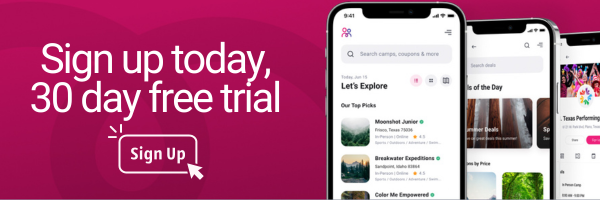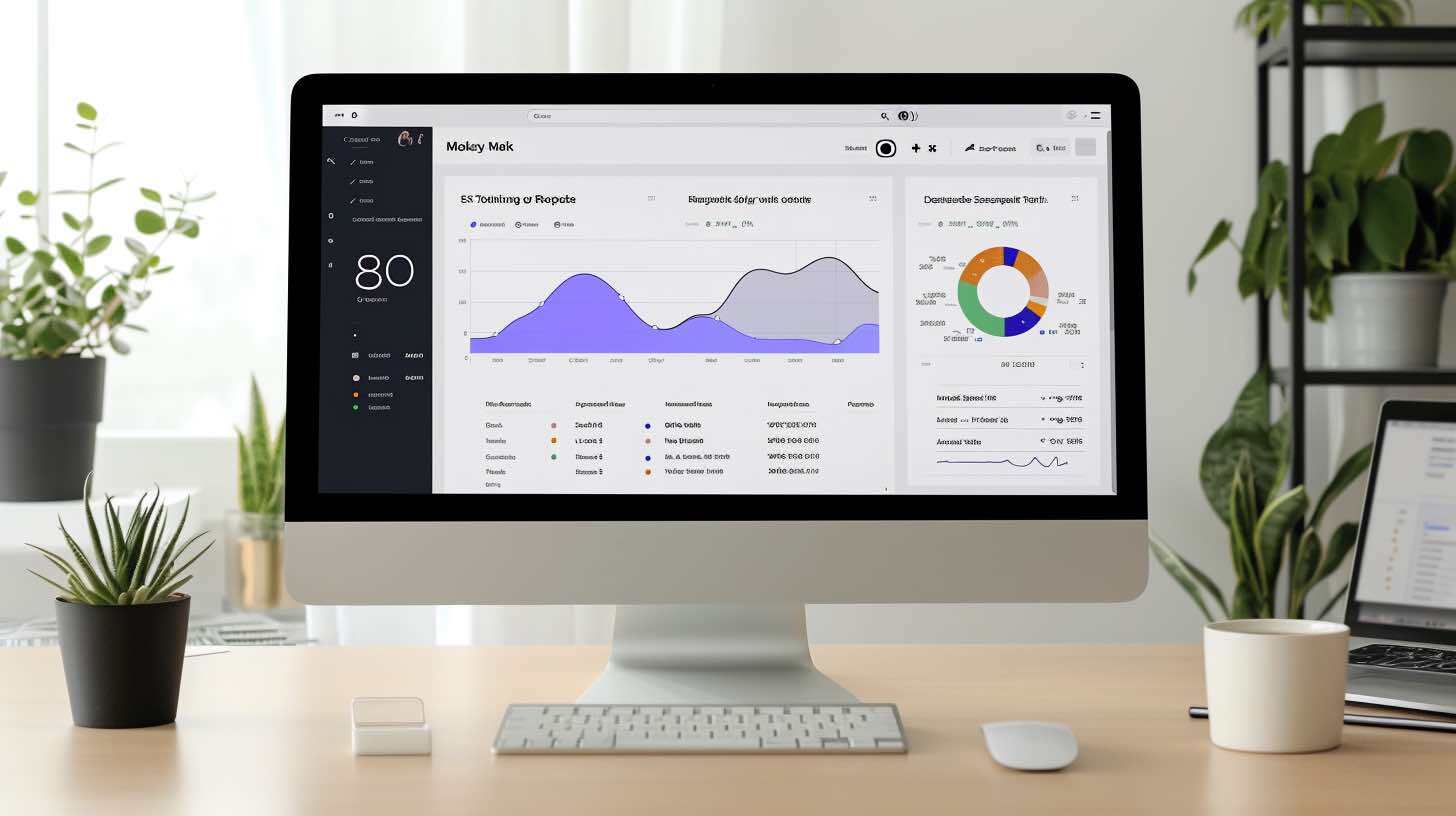Introduction to Email Marketing for Summer Camps
-
Email marketing is a powerful and cost-effective tool for summer camp marketers, helping to reach potential campers, engage with parents, and drive registrations.
-
This guide will cover everything from building an email list to advanced strategies and compliance, catering to both beginners and experienced professionals.
Building an Email List
-
Collect email addresses through registration forms, events, and website opt-in forms.
-
Create eye-catching opt-in forms and landing pages, offering incentives such as discounts or informative content to encourage sign-ups.
-
Regularly promote your email list through social media and other marketing channels to attract new subscribers.
Crafting Effective Email Campaigns
-
Successful email campaigns include compelling subject lines, attractive visuals, engaging content, and clear calls to action.
-
Write concise, informative, and entertaining emails that resonate with your target audience.
-
Utilize personalization and segmentation to tailor your emails to specific groups for increased engagement and conversion rates.
Email Campaign Optimization
Email campaign optimization is essential for making sure your campaigns are effective and engaging for your subscribers. Here are some key strategies to optimize your email campaigns:
-
Conduct A/B testing: A/B testing involves sending two versions of an email to a small segment of your list to determine which version performs better. You can test different elements such as subject lines, email content, and calls to action to see what resonates best with your audience.
-
Monitor email metrics: Email metrics such as open rates, click-through rates, and conversions provide valuable insights into your email campaign performance. Use this data to make informed decisions about your campaigns and optimize for better results.
-
Address common issues: Common email campaign issues such as low open rates, high bounce rates, or low click-through rates can be addressed by refining your targeting, content, or frequency.
Open Rates:
Open rates refer to the percentage of recipients who opened your email. A good open rate for email campaigns is typically considered to be above 20%. However, open rates can vary depending on factors such as your industry, audience, and email content. For example, if your email list includes a large number of inactive subscribers, your open rate may be lower than average. On the other hand, if you have a highly engaged and targeted list, you may see higher open rates.
Click Rates:
Click rates refer to the percentage of recipients who clicked on a link within your email. A good click rate for email campaigns is typically considered to be above 2.5%. Again, click rates can vary depending on various factors such as your industry, audience, and email content. A high click rate indicates that your email content was engaging and encouraged subscribers to take action.
Unsubscribe Rates:
Unsubscribe rates refer to the percentage of recipients who clicked the unsubscribe link in your email. A good unsubscribe rate for email campaigns is typically considered to be less than 0.5%. However, some unsubscribe rates are inevitable, as not all subscribers will be interested in your email content or may have changed their email preferences. If your unsubscribe rate is higher than average, it may indicate that your email content is not relevant or that you are emailing too frequently.
In summary, email campaign optimization is crucial for ensuring that your email marketing efforts are effective and engaging for your audience. By monitoring metrics such as open rates, click rates, and unsubscribe rates, you can gain valuable insights into campaign performance and make data-driven decisions to optimize your campaigns for better results.
Advanced Email Marketing Strategies
Set up automated email campaigns, such as welcome series or post-camp follow-ups, to save time and maintain consistent communication. Use dynamic content and conditional logic to personalize emails at scale. Integrate your email marketing efforts with other marketing channels to create a cohesive and comprehensive marketing strategy.
Email Marketing Tools and Services
Popular email marketing platforms include Mailchimp, Constant Contact, and Sendinblue. Compare features, pricing, and customer support to find the best fit for your summer camp's needs. Look for tools that offer user-friendly interfaces, robust analytics, and helpful integrations to optimize your email marketing efforts.
Email Marketing Compliance and Ethics
Ensure your email marketing practices comply with the CAN-SPAM Act, including providing an unsubscribe option and accurate sender information. Safeguard your subscribers' personal information and follow data protection regulations, such as GDPR or CCPA. Maintain high ethical standards by respecting your subscribers' inboxes, avoiding spammy tactics, and providing valuable content.
Bounce rates in email marketing refer to the percentage of emails that were not successfully delivered to your recipients' inboxes.
There are two types of email bounces: hard bounces and soft bounces.
- Hard bounces: These occur when an email is permanently rejected by the recipient's email server. This can happen for various reasons, such as an invalid email address, a non-existent domain, or if the recipient's server blocks the email sender. Hard bounces typically indicate that the email address should be removed from your mailing list, as future attempts to send emails to that address will also fail.
- Soft bounces: These occur when an email is temporarily rejected by the recipient's email server. Soft bounces can happen for several reasons, such as the recipient's mailbox being full, the email being too large, or temporary server issues. In most cases, the email service provider will automatically reattempt delivery for soft bounces, and the email might eventually be delivered.
A healthy bounce rate for email campaigns is generally considered to be below 2%. High bounce rates can negatively impact your email sender's reputation, which can result in your emails being marked as spam or not being delivered at all.
To maintain a low bounce rate, it's essential to:Regularly clean and update your email list, removing any invalid or non-existent email addresses.
Use a double opt-in process for new subscribers, ensuring that they provide a valid email address when signing up.
Follow email deliverability best practices, such as authenticating your emails with SPF, DKIM, and DMARC records, and maintaining a good sender reputation.
In summary, bounce rates in email marketing measure the percentage of emails that fail to reach their intended recipients. By monitoring and addressing bounce rates, you can ensure better email deliverability and overall campaign success.
Conclusion and Next Steps
-
Email marketing can greatly benefit summer camp marketers by increasing engagement, building relationships, and ultimately driving camp registrations.
-
Apply the strategies and best practices covered in this guide to create effective email campaigns that resonate with your target audience and contribute to your camp's success.





